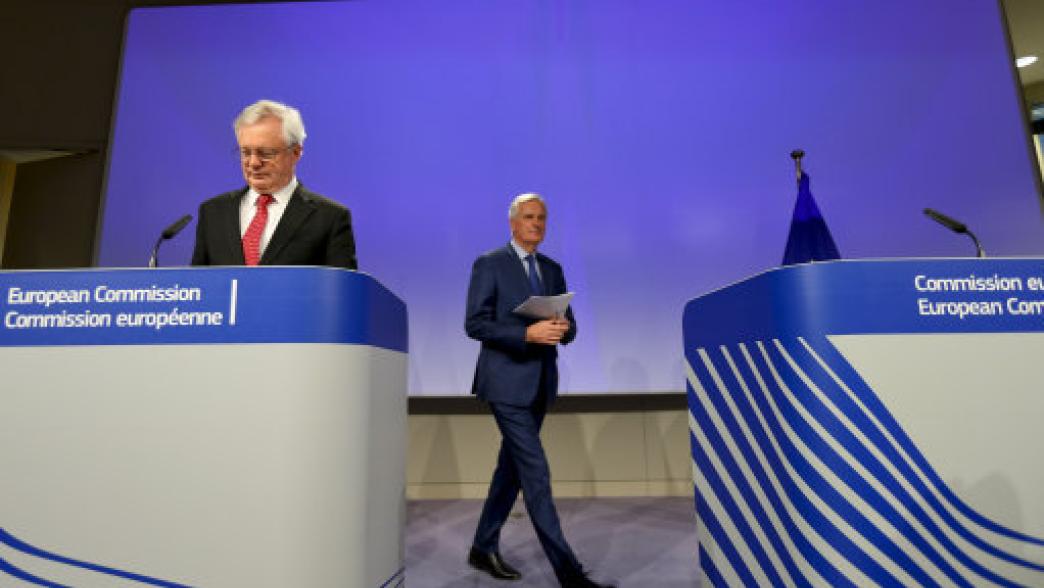Explainer
Options for deal or no deal
Where might we be on 30 March 2019?

Where might we be on 30 March 2019?

What are the possible legal challenges to the government's Rwanda asylum plan?
How many MPs are standing down at the next election, and why?
On 2 May 2024, voting will take place for 10 metro mayors across England. How will this process work?
What is public service productivity and how is it measured?